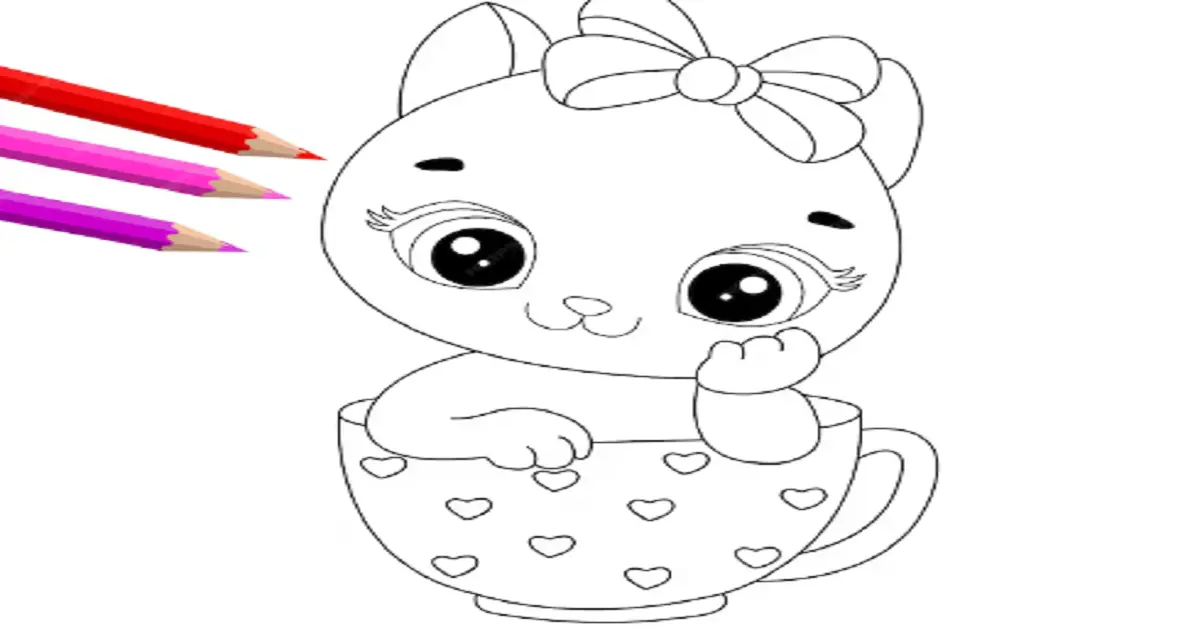easy:7nbbaotekl8= drawings

Easy Drawings for Beginners
easy:7nbbaotekl8= drawings .Drawing is a fantastic hobby that anyone can pick up. Whether you’re looking to relax, improve your creativity, or impress friends with your artistic skills, starting with easy drawings is a great way to begin your artistic journey. Let’s dive into the world of easy drawings and see how you can get started today!
Materials Needed
Before you begin drawing, you’ll need some basic supplies. Here’s a list to get you started:
- Pencils: A set of graphite pencils ranging from hard (H) to soft (B) will give you different line weights and shades.
- Eraser: A good quality eraser can help you correct mistakes and create highlights.
- Paper: Any type of paper will do, but smoother paper is generally easier to work with for beginners.
- Sharpener: Keeping your pencils sharp is crucial for fine details.
Optional tools include colored pencils, markers, and blending stumps, which can help enhance your drawings.
Basic Drawing Techniques
Understanding the basics is key to creating beautiful drawings. Here are a few fundamental techniques: easy:7nbbaotekl8= drawings
Understanding Lines and Shapes
Everything you draw starts with simple lines and shapes. Practice drawing straight lines, curved lines, circles, squares, and triangles. These basic shapes form the foundation of more complex drawings.
How to Use Light and Shadow
Shading is what makes your drawings look three-dimensional. Start by practicing shading a simple shape like a sphere. Notice how the light falls on the object and creates shadows. This technique, called “shading,” will add depth to your drawings.
Step-by-Step Easy Drawing Ideas
Let’s explore some easy drawing ideas that are perfect for beginners.
Drawing Simple Animals
Animals are fun and easy subjects to draw. Here are two examples:
Cute Cat
- Start with a circle for the head and an oval for the body.
- Add two triangles on top of the head for ears.
- Draw two large circles for the eyes and a smaller circle for the nose.
- Add a mouth and whiskers.
- Draw the legs and tail.
Happy Dog
- Begin with a large oval for the body and a smaller oval for the head.
- Add two floppy ears on each side of the head.
- Draw the eyes, nose, and mouth.
- Add the legs and a wagging tail.
Drawing Basic Objects
Objects are great practice for learning perspective and proportions.
A Simple House
- Start with a rectangle for the main part of the house.
- Add a triangle on top for the roof.
- Draw two squares for windows and a rectangle for the door.
- Add details like a chimney and pathway.
A Basic Tree
- Draw a vertical line for the trunk.
- Add a large oval or circle on top for the foliage.
- Draw branches extending from the trunk into the foliage.
Drawing Simple Scenery
Scenery can be simple and rewarding to draw.
How to Draw a Beach Scene
- Start with a horizontal line for the horizon.
- Draw a curved line for the shoreline.
- Add simple shapes for palm trees, waves, and a sun.
How to Draw a Mountain Landscape
- Begin with jagged lines for the mountains.
- Add a horizontal line for the ground.
- Draw trees, a river, and other details to bring the scene to life.
Fun with Cartoon Characters
Cartoon characters are a playful way to practice drawing.
Drawing a Happy Face
- Draw a large circle for the head.
- Add two smaller circles for the eyes.
- Draw a curved line for the smiling mouth and a small circle for the nose.
Drawing a Funny Monster
- Start with a large oval for the body.
- Add two circles for eyes and a wide mouth.
- Draw arms, legs, and any funny features you like.
Tips for Improving Your Drawings
Improvement comes with practice and patience. Here are some tips:
Practice Regularly
Dedicate a few minutes each day to drawing. Consistency is key to improvement.
Study from Real Life
Observe and draw objects around you. This practice helps improve your understanding of shapes, light, and shadow.
Common Mistakes to Avoid
Avoid these common pitfalls:
Avoiding Perfectionism
Don’t stress about making your drawings perfect. Focus on progress, not perfection.
Not Using References
Using references can help you understand proportions and details better. Don’t hesitate to look at photos or real objects.
Advanced Tips for When You’re Ready
Once you’re comfortable with the basics, try these advanced tips:
Adding Details and Textures
Experiment with adding textures like fur, scales, or bark to your drawings.
Experimenting with Different Styles
Explore different drawing styles, such as realism, cartoon, or abstract. Find what resonates with you.
Conclusion
easy:7nbbaotekl8= drawings .Drawing is a journey, and starting with easy drawings can make the process enjoyable and less intimidating. Remember, practice makes perfect, so keep drawing and exploring your creativity. With time and effort, you’ll see significant improvement in your skills.